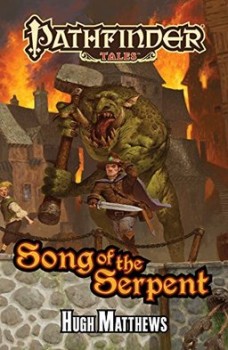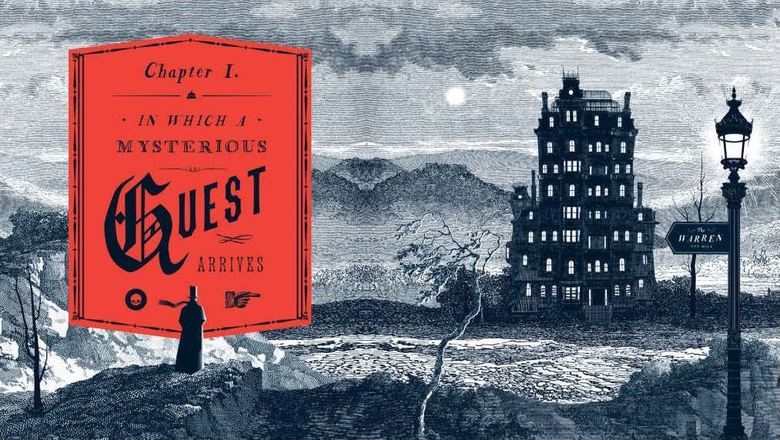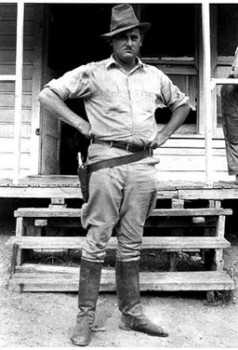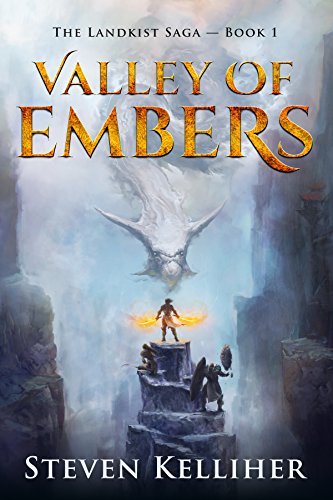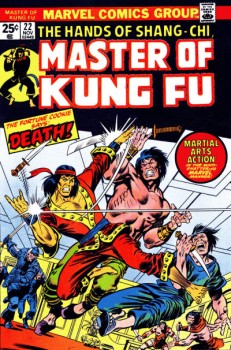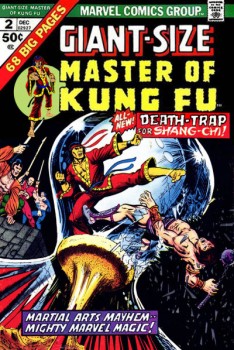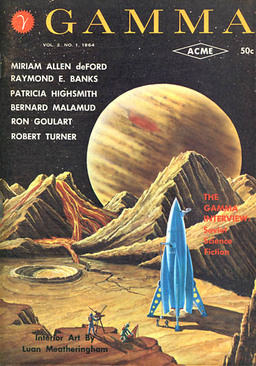Beneath Ceaseless Skies 207 Now Available
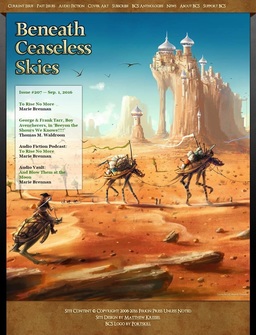 Black Gate is up against Beneath Ceaseless Skies for a World Fantasy Award this year, and I don’t mind telling you, that’s some stiff competition. BCS has been publishing since October 2008 — nearly 8 years — hitting its bimonthly schedule without missing a beat. Speaking as someone who managed one issue a year, that’s pretty impressive. It’s become one of the top markets for Adventure Fantasy, and has published stories by Aliette de Bodard, Gemma Files, Catherynne M. Valente, Fran Wilde, Kameron Hurley, E. Catherine Tobler, Tina Connolly, Sarah Pinsker, Cat Rambo, Yoon Ha Lee, K.J. Parker, Rachel Swirsky, Bruce McAllister, Saladin Ahmed, Carrie Vaughn, and many others.
Black Gate is up against Beneath Ceaseless Skies for a World Fantasy Award this year, and I don’t mind telling you, that’s some stiff competition. BCS has been publishing since October 2008 — nearly 8 years — hitting its bimonthly schedule without missing a beat. Speaking as someone who managed one issue a year, that’s pretty impressive. It’s become one of the top markets for Adventure Fantasy, and has published stories by Aliette de Bodard, Gemma Files, Catherynne M. Valente, Fran Wilde, Kameron Hurley, E. Catherine Tobler, Tina Connolly, Sarah Pinsker, Cat Rambo, Yoon Ha Lee, K.J. Parker, Rachel Swirsky, Bruce McAllister, Saladin Ahmed, Carrie Vaughn, and many others.
Of particular note to Black Gate readers, they’ve also published a fair number of BG authors, including Derek Künsken, Rosamund Hodge, Richard Parks, Brian Dolton, and Chris Willrich.
If you haven’t made the time to check it out, it’s not too late. Issue #207 of Beneath Ceaseless Skies is now available, completely free on their website. It is dated September 1 and features fiction by Marie Brennan and Thomas M. Waldroon, a podcast by Marie Brennan, a Audio Vault podcast by Marie Brennan, and a Novel Excerpt by James Morrow. Here’s the complete Table of Contents.
“To Rise No More” by Marie Brennan
Ada shook her head, staring once more at the Thames. “I do not think what I had in mind will work. The size of the wing, if it is to be large enough to lift me—my body cannot possibly generate enough force to move it. Not with the speed required.” Especially not when she kept growing. Every inch meant more weight for the wings to lift, without a commensurate gain in strength.“George & Frank Tarr, Boy Avencherers, in ‘Beeyon the Shours We Knowe!!!!’” by Thomas M. Waldroon
Where’s it all come from? George wondered. Where you think it comes from? Frank scoffed. It’s fields and roads and house lots. It’s America, running westwards to somewhere else, anywhere else, someplace maybe better, like Great-Grandpaps did, and like Papa did, and just like we’re doing.
